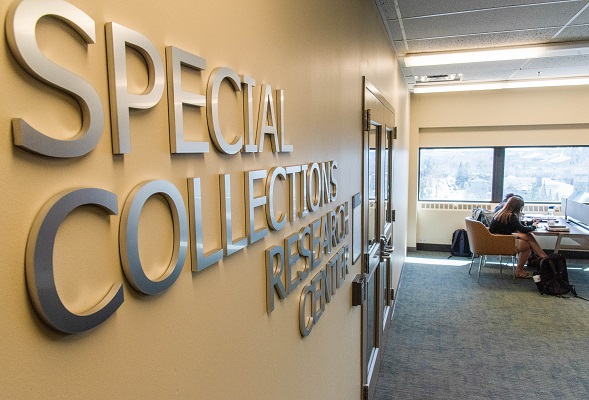Eleanor Leacock Papers, 1915-1987 (majority within 1940-1970)
65 Linear Feet — 147 hollinger boxes,2 cassette boxes, 2 small oversize boxes, 3 flat portfolios, 3 oversize folders.
The majority of materials in this collection are manuscripts, field notes, research materials, correspondence, articles and papers. This collection includes materials directly related to Eleanor Leacock's career as an anthropologist, such as research notes, field materials, publications, drafts, teaching materials, and correspondence, as well as resources related to the anthropology field. Since Leacock was an anthropologist as well as a professor, many in the field would send Leacock papers and materials for her to review or annotate. These are included in the Professional Materials series. This series in particular will house a large portion of the collection since it includes Leacock's work on her own publications and textbooks as well as those she reviewed for others. The Subject/Research Files series is also very large because it includes notes and research that Leacock conducted throughout her career. There is very little arrangement or description in these folders beyond what was listed on original folder headings.
The most significant portions of this collection pertain to her field work for her various studies. Her most prominant study being the work she did with the Innu in Labrador. Because Leacock passed while in the field in Samoa, the materials in the Samoa series may be unfinished, as are the materials related to her "Levels of Integraion" book, which she had been working on when she passed.
Keeping with the original order of the collection, some topics will be interspersed throughout the collection. For example, some correspondence relating to articles or publications will be found in the Publications series rather than Correspondence, and field materials may be interfiled with other studies (a few Innu materials are found in the Samoa Study series).
